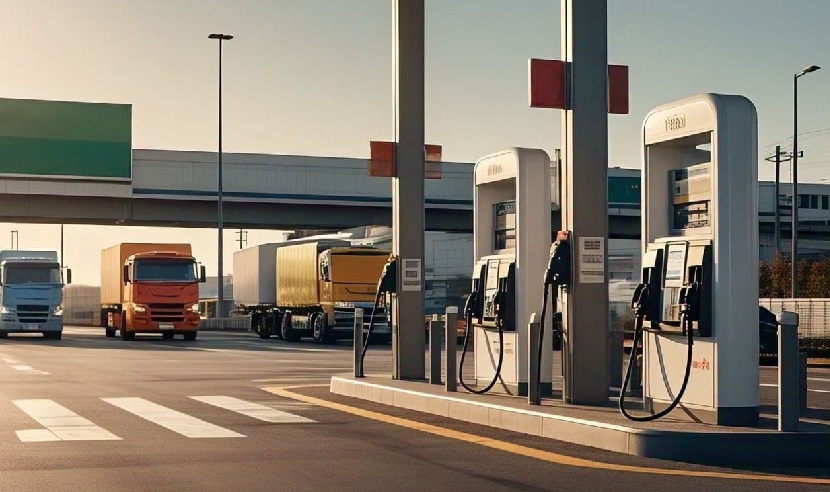Regulation (EU) 2023/1804 of the European Parliament and the Council on the Development of Alternative Fuel Infrastructure (AFIR) is potentially the most significant regulatory driver for the expansion of charging infrastructure in the European Union.
The implementation of the regulation’s highly ambitious objectives in Poland requires the active involvement of all key stakeholders, including central administration, a range of offices and institutions (such as the National Fund for Environmental Protection and Water Management (NFOŚiGW), the General Directorate for National Roads and Motorways (GDDKiA), and the Office of Technical Inspection (UDT)), the electricity sector, and the new mobility industry.
To illustrate the scale of the challenge Poland faces, PSNM has launched the “AFIR Counter”—a regularly updated tool that provides ongoing information on the current level of compliance with the targets set out in the new regulation.
The Power of Charging Infrastructure in Poland
AFIR defines several key categories of obligations.
The first is the requirement to adjust the total power output of charging stations per registered vehicle: 1.3 kilowatts for batter electric vehicles (BEVs) and 0.8 kilowatts for Plug-in Hybrid Electric Vehicle (PHEVs).

“Poland is currently exceeding its AFIR obligations in terms of the minimum total capacity of charging infrastructure per registered BEV and PHEV,” says Jan Wiśniewski, Director of the PSNM Research and Analysis Centre.
He continues: “However, we must remember that we are meeting these obligations not because the infrastructure is highly developed, but because the number of registered EVs in our country is still relatively low.”
For reference, there are currently around 9,000 charging points in Poland.
This is significantly fewer than in Belgium (approximately 80,000 points) or Austria (around 30,000 points), countries that have a considerably smaller vehicle fleet than Poland.
Charging Infrastructure Along the TEN-T Network
AFIR stipulates, among other things, the requirement to establish charging zones for passenger cars and vans at a maximum interval of 60 km along the core TEN-T network, with each zone offering a total power output of at least 400 kilowatts, and at least 600 kilowatts by 2027, in both travel directions.
Similar targets apply to the comprehensive TEN-T network.
The “AFIR Counter” shows that Poland is significantly further from meeting the regulation’s targets in this area compared to obligations related to infrastructure capacity.
Considering the core network, AFIR obligations for 2025 and 2027 are currently implemented at approximately 11% and 4%, respectively.
This is practically the same level of target realisation as after the third quarter of 2024.
For the comprehensive network, the level of compliance is even lower—remaining close to 0%.
Moreover, AFIR sets targets for infrastructure dedicated to heavy-duty electric vehicles.
For example, by the end of 2027—less than three years away—charging zones dedicated to eHDVs with a power capacity of at least 2,800 kilowatts each will need to be operational along half of the core TEN-T network.
By 2030, the power of each of these zones should increase to 3,600 kilowatts.
At present, Poland has not practically begun fulfilling its obligations regarding the development of infrastructure for zero-emission heavy vehicles, with the level of implementation standing at 0%.
Although public chargers for eHDVs exist in Poland, no section of the TEN-T network with the minimum length required by EU regulations has yet been equipped with charging zones for electric lorries.
“A breakthrough factor in increasing the density of charging zones along the TEN-T network could be the launch of NFOŚiGW programmes introducing subsidies for power grids and high-power infrastructure,” states Aleksander Rajch, Member of the PSNM Management Board.
“A total of four billion PLN has been allocated for this purpose, which will enable the establishment of numerous charging zones at key transit locations,” he adds.
Given that hub projects require significant financial investment and that charging station operators in Poland are still making financial contributions to sustain their businesses, in an ideal scenario, funding should cover both grid connections and charging stations.
“However, an open question remains as to whether NFOŚiGW will be able to coordinate both programmes in such a way that parallel funding for DSOs and charging point operators is ensured in most locations,” Rajch indicates.







